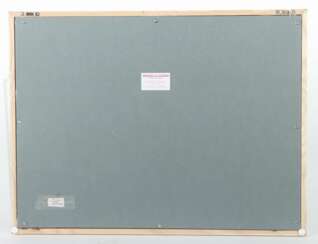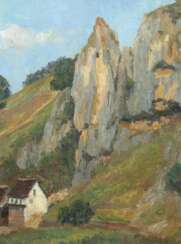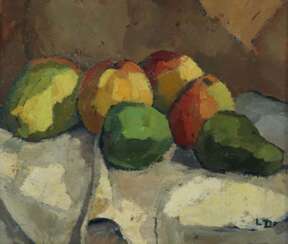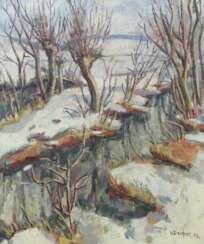
Modern paintings — Auktion 83: Design
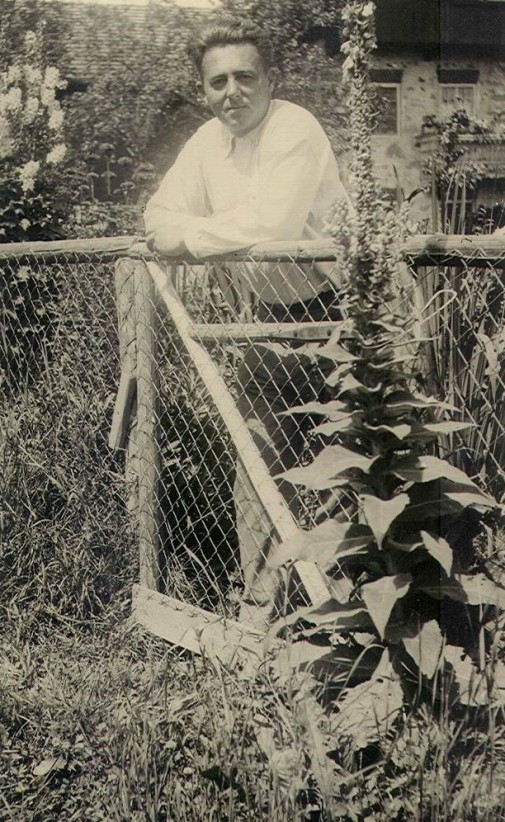
Arnold Balwé was a German post-impressionist painter.
He studied at the Antwerp Academy of Art and the Academy of Fine Arts in Munich, traveled extensively and painted landscapes he saw. Balwe's work is characterized by color intensity and vitality.
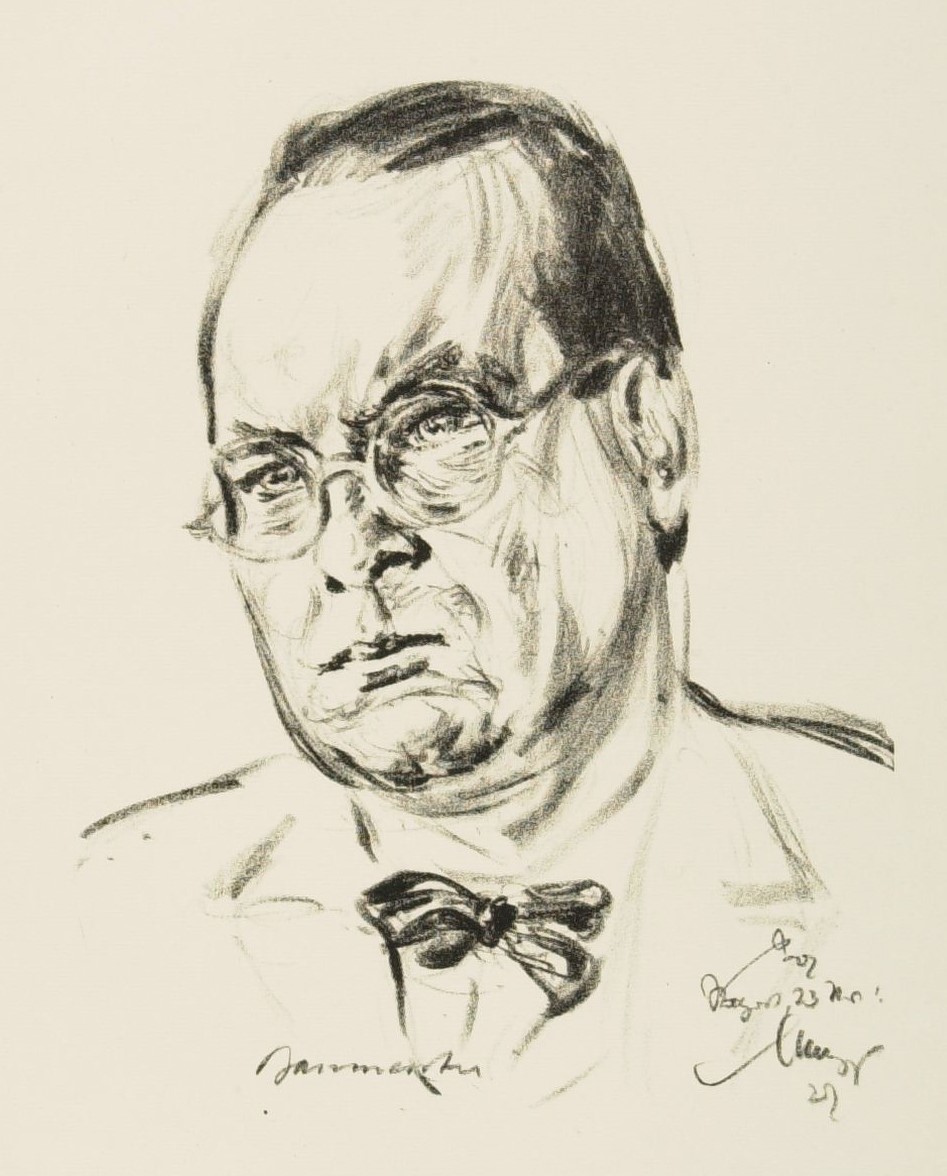
Willi Baumeister was a German painter, scenic designer, art professor, and typographer. His work was part of the art competitions at the 1928 Summer Olympics and the 1932 Summer Olympics.

Jakob Bräckle, a German painter, overcame physical challenges caused by a childhood vaccination mishap. He pursued art education at Stuttgart's Kunstgewerbeschule and later the Akademie der Bildenden Künste. Returning to his roots in Winterreute in 1923, Bräckle's journey took an unexpected turn in 1938 when he joined the NSDAP out of fear of persecution as a disabled artist. Despite this, his depictions of rural life thrived during the Nazi era.
In the late 1940s, influenced by Kasimir Malewitsch's works, Bräckle transitioned from small-scale rural scenes to large-format concrete art, removing human figures from his paintings entirely. His art found simplicity in monochromatic fields, notably in "Gelbes Feld" (1981). Bräckle resided humbly in Biberach's Talfeld district from 1937, where his modest studio now stands in the Braith-Mali-Museum, preserving his legacy. His artistic evolution, as he described in 1957, aimed for the "utmost simplicity" in his quest for abstraction, departing from naturalistic representations.

Jakob Bräckle, a German painter, overcame physical challenges caused by a childhood vaccination mishap. He pursued art education at Stuttgart's Kunstgewerbeschule and later the Akademie der Bildenden Künste. Returning to his roots in Winterreute in 1923, Bräckle's journey took an unexpected turn in 1938 when he joined the NSDAP out of fear of persecution as a disabled artist. Despite this, his depictions of rural life thrived during the Nazi era.
In the late 1940s, influenced by Kasimir Malewitsch's works, Bräckle transitioned from small-scale rural scenes to large-format concrete art, removing human figures from his paintings entirely. His art found simplicity in monochromatic fields, notably in "Gelbes Feld" (1981). Bräckle resided humbly in Biberach's Talfeld district from 1937, where his modest studio now stands in the Braith-Mali-Museum, preserving his legacy. His artistic evolution, as he described in 1957, aimed for the "utmost simplicity" in his quest for abstraction, departing from naturalistic representations.

Jakob Bräckle, a German painter, overcame physical challenges caused by a childhood vaccination mishap. He pursued art education at Stuttgart's Kunstgewerbeschule and later the Akademie der Bildenden Künste. Returning to his roots in Winterreute in 1923, Bräckle's journey took an unexpected turn in 1938 when he joined the NSDAP out of fear of persecution as a disabled artist. Despite this, his depictions of rural life thrived during the Nazi era.
In the late 1940s, influenced by Kasimir Malewitsch's works, Bräckle transitioned from small-scale rural scenes to large-format concrete art, removing human figures from his paintings entirely. His art found simplicity in monochromatic fields, notably in "Gelbes Feld" (1981). Bräckle resided humbly in Biberach's Talfeld district from 1937, where his modest studio now stands in the Braith-Mali-Museum, preserving his legacy. His artistic evolution, as he described in 1957, aimed for the "utmost simplicity" in his quest for abstraction, departing from naturalistic representations.

Jakob Bräckle, a German painter, overcame physical challenges caused by a childhood vaccination mishap. He pursued art education at Stuttgart's Kunstgewerbeschule and later the Akademie der Bildenden Künste. Returning to his roots in Winterreute in 1923, Bräckle's journey took an unexpected turn in 1938 when he joined the NSDAP out of fear of persecution as a disabled artist. Despite this, his depictions of rural life thrived during the Nazi era.
In the late 1940s, influenced by Kasimir Malewitsch's works, Bräckle transitioned from small-scale rural scenes to large-format concrete art, removing human figures from his paintings entirely. His art found simplicity in monochromatic fields, notably in "Gelbes Feld" (1981). Bräckle resided humbly in Biberach's Talfeld district from 1937, where his modest studio now stands in the Braith-Mali-Museum, preserving his legacy. His artistic evolution, as he described in 1957, aimed for the "utmost simplicity" in his quest for abstraction, departing from naturalistic representations.

Jakob Bräckle, a German painter, overcame physical challenges caused by a childhood vaccination mishap. He pursued art education at Stuttgart's Kunstgewerbeschule and later the Akademie der Bildenden Künste. Returning to his roots in Winterreute in 1923, Bräckle's journey took an unexpected turn in 1938 when he joined the NSDAP out of fear of persecution as a disabled artist. Despite this, his depictions of rural life thrived during the Nazi era.
In the late 1940s, influenced by Kasimir Malewitsch's works, Bräckle transitioned from small-scale rural scenes to large-format concrete art, removing human figures from his paintings entirely. His art found simplicity in monochromatic fields, notably in "Gelbes Feld" (1981). Bräckle resided humbly in Biberach's Talfeld district from 1937, where his modest studio now stands in the Braith-Mali-Museum, preserving his legacy. His artistic evolution, as he described in 1957, aimed for the "utmost simplicity" in his quest for abstraction, departing from naturalistic representations.

Jakob Bräckle, a German painter, overcame physical challenges caused by a childhood vaccination mishap. He pursued art education at Stuttgart's Kunstgewerbeschule and later the Akademie der Bildenden Künste. Returning to his roots in Winterreute in 1923, Bräckle's journey took an unexpected turn in 1938 when he joined the NSDAP out of fear of persecution as a disabled artist. Despite this, his depictions of rural life thrived during the Nazi era.
In the late 1940s, influenced by Kasimir Malewitsch's works, Bräckle transitioned from small-scale rural scenes to large-format concrete art, removing human figures from his paintings entirely. His art found simplicity in monochromatic fields, notably in "Gelbes Feld" (1981). Bräckle resided humbly in Biberach's Talfeld district from 1937, where his modest studio now stands in the Braith-Mali-Museum, preserving his legacy. His artistic evolution, as he described in 1957, aimed for the "utmost simplicity" in his quest for abstraction, departing from naturalistic representations.

Jakob Bräckle, a German painter, overcame physical challenges caused by a childhood vaccination mishap. He pursued art education at Stuttgart's Kunstgewerbeschule and later the Akademie der Bildenden Künste. Returning to his roots in Winterreute in 1923, Bräckle's journey took an unexpected turn in 1938 when he joined the NSDAP out of fear of persecution as a disabled artist. Despite this, his depictions of rural life thrived during the Nazi era.
In the late 1940s, influenced by Kasimir Malewitsch's works, Bräckle transitioned from small-scale rural scenes to large-format concrete art, removing human figures from his paintings entirely. His art found simplicity in monochromatic fields, notably in "Gelbes Feld" (1981). Bräckle resided humbly in Biberach's Talfeld district from 1937, where his modest studio now stands in the Braith-Mali-Museum, preserving his legacy. His artistic evolution, as he described in 1957, aimed for the "utmost simplicity" in his quest for abstraction, departing from naturalistic representations.

Jakob Bräckle, a German painter, overcame physical challenges caused by a childhood vaccination mishap. He pursued art education at Stuttgart's Kunstgewerbeschule and later the Akademie der Bildenden Künste. Returning to his roots in Winterreute in 1923, Bräckle's journey took an unexpected turn in 1938 when he joined the NSDAP out of fear of persecution as a disabled artist. Despite this, his depictions of rural life thrived during the Nazi era.
In the late 1940s, influenced by Kasimir Malewitsch's works, Bräckle transitioned from small-scale rural scenes to large-format concrete art, removing human figures from his paintings entirely. His art found simplicity in monochromatic fields, notably in "Gelbes Feld" (1981). Bräckle resided humbly in Biberach's Talfeld district from 1937, where his modest studio now stands in the Braith-Mali-Museum, preserving his legacy. His artistic evolution, as he described in 1957, aimed for the "utmost simplicity" in his quest for abstraction, departing from naturalistic representations.

Jakob Bräckle, a German painter, overcame physical challenges caused by a childhood vaccination mishap. He pursued art education at Stuttgart's Kunstgewerbeschule and later the Akademie der Bildenden Künste. Returning to his roots in Winterreute in 1923, Bräckle's journey took an unexpected turn in 1938 when he joined the NSDAP out of fear of persecution as a disabled artist. Despite this, his depictions of rural life thrived during the Nazi era.
In the late 1940s, influenced by Kasimir Malewitsch's works, Bräckle transitioned from small-scale rural scenes to large-format concrete art, removing human figures from his paintings entirely. His art found simplicity in monochromatic fields, notably in "Gelbes Feld" (1981). Bräckle resided humbly in Biberach's Talfeld district from 1937, where his modest studio now stands in the Braith-Mali-Museum, preserving his legacy. His artistic evolution, as he described in 1957, aimed for the "utmost simplicity" in his quest for abstraction, departing from naturalistic representations.

Jakob Bräckle, a German painter, overcame physical challenges caused by a childhood vaccination mishap. He pursued art education at Stuttgart's Kunstgewerbeschule and later the Akademie der Bildenden Künste. Returning to his roots in Winterreute in 1923, Bräckle's journey took an unexpected turn in 1938 when he joined the NSDAP out of fear of persecution as a disabled artist. Despite this, his depictions of rural life thrived during the Nazi era.
In the late 1940s, influenced by Kasimir Malewitsch's works, Bräckle transitioned from small-scale rural scenes to large-format concrete art, removing human figures from his paintings entirely. His art found simplicity in monochromatic fields, notably in "Gelbes Feld" (1981). Bräckle resided humbly in Biberach's Talfeld district from 1937, where his modest studio now stands in the Braith-Mali-Museum, preserving his legacy. His artistic evolution, as he described in 1957, aimed for the "utmost simplicity" in his quest for abstraction, departing from naturalistic representations.

Jakob Bräckle, a German painter, overcame physical challenges caused by a childhood vaccination mishap. He pursued art education at Stuttgart's Kunstgewerbeschule and later the Akademie der Bildenden Künste. Returning to his roots in Winterreute in 1923, Bräckle's journey took an unexpected turn in 1938 when he joined the NSDAP out of fear of persecution as a disabled artist. Despite this, his depictions of rural life thrived during the Nazi era.
In the late 1940s, influenced by Kasimir Malewitsch's works, Bräckle transitioned from small-scale rural scenes to large-format concrete art, removing human figures from his paintings entirely. His art found simplicity in monochromatic fields, notably in "Gelbes Feld" (1981). Bräckle resided humbly in Biberach's Talfeld district from 1937, where his modest studio now stands in the Braith-Mali-Museum, preserving his legacy. His artistic evolution, as he described in 1957, aimed for the "utmost simplicity" in his quest for abstraction, departing from naturalistic representations.

Jakob Bräckle, a German painter, overcame physical challenges caused by a childhood vaccination mishap. He pursued art education at Stuttgart's Kunstgewerbeschule and later the Akademie der Bildenden Künste. Returning to his roots in Winterreute in 1923, Bräckle's journey took an unexpected turn in 1938 when he joined the NSDAP out of fear of persecution as a disabled artist. Despite this, his depictions of rural life thrived during the Nazi era.
In the late 1940s, influenced by Kasimir Malewitsch's works, Bräckle transitioned from small-scale rural scenes to large-format concrete art, removing human figures from his paintings entirely. His art found simplicity in monochromatic fields, notably in "Gelbes Feld" (1981). Bräckle resided humbly in Biberach's Talfeld district from 1937, where his modest studio now stands in the Braith-Mali-Museum, preserving his legacy. His artistic evolution, as he described in 1957, aimed for the "utmost simplicity" in his quest for abstraction, departing from naturalistic representations.

Jakob Bräckle, a German painter, overcame physical challenges caused by a childhood vaccination mishap. He pursued art education at Stuttgart's Kunstgewerbeschule and later the Akademie der Bildenden Künste. Returning to his roots in Winterreute in 1923, Bräckle's journey took an unexpected turn in 1938 when he joined the NSDAP out of fear of persecution as a disabled artist. Despite this, his depictions of rural life thrived during the Nazi era.
In the late 1940s, influenced by Kasimir Malewitsch's works, Bräckle transitioned from small-scale rural scenes to large-format concrete art, removing human figures from his paintings entirely. His art found simplicity in monochromatic fields, notably in "Gelbes Feld" (1981). Bräckle resided humbly in Biberach's Talfeld district from 1937, where his modest studio now stands in the Braith-Mali-Museum, preserving his legacy. His artistic evolution, as he described in 1957, aimed for the "utmost simplicity" in his quest for abstraction, departing from naturalistic representations.

Jakob Bräckle, a German painter, overcame physical challenges caused by a childhood vaccination mishap. He pursued art education at Stuttgart's Kunstgewerbeschule and later the Akademie der Bildenden Künste. Returning to his roots in Winterreute in 1923, Bräckle's journey took an unexpected turn in 1938 when he joined the NSDAP out of fear of persecution as a disabled artist. Despite this, his depictions of rural life thrived during the Nazi era.
In the late 1940s, influenced by Kasimir Malewitsch's works, Bräckle transitioned from small-scale rural scenes to large-format concrete art, removing human figures from his paintings entirely. His art found simplicity in monochromatic fields, notably in "Gelbes Feld" (1981). Bräckle resided humbly in Biberach's Talfeld district from 1937, where his modest studio now stands in the Braith-Mali-Museum, preserving his legacy. His artistic evolution, as he described in 1957, aimed for the "utmost simplicity" in his quest for abstraction, departing from naturalistic representations.

Jakob Bräckle, a German painter, overcame physical challenges caused by a childhood vaccination mishap. He pursued art education at Stuttgart's Kunstgewerbeschule and later the Akademie der Bildenden Künste. Returning to his roots in Winterreute in 1923, Bräckle's journey took an unexpected turn in 1938 when he joined the NSDAP out of fear of persecution as a disabled artist. Despite this, his depictions of rural life thrived during the Nazi era.
In the late 1940s, influenced by Kasimir Malewitsch's works, Bräckle transitioned from small-scale rural scenes to large-format concrete art, removing human figures from his paintings entirely. His art found simplicity in monochromatic fields, notably in "Gelbes Feld" (1981). Bräckle resided humbly in Biberach's Talfeld district from 1937, where his modest studio now stands in the Braith-Mali-Museum, preserving his legacy. His artistic evolution, as he described in 1957, aimed for the "utmost simplicity" in his quest for abstraction, departing from naturalistic representations.

Jakob Bräckle, a German painter, overcame physical challenges caused by a childhood vaccination mishap. He pursued art education at Stuttgart's Kunstgewerbeschule and later the Akademie der Bildenden Künste. Returning to his roots in Winterreute in 1923, Bräckle's journey took an unexpected turn in 1938 when he joined the NSDAP out of fear of persecution as a disabled artist. Despite this, his depictions of rural life thrived during the Nazi era.
In the late 1940s, influenced by Kasimir Malewitsch's works, Bräckle transitioned from small-scale rural scenes to large-format concrete art, removing human figures from his paintings entirely. His art found simplicity in monochromatic fields, notably in "Gelbes Feld" (1981). Bräckle resided humbly in Biberach's Talfeld district from 1937, where his modest studio now stands in the Braith-Mali-Museum, preserving his legacy. His artistic evolution, as he described in 1957, aimed for the "utmost simplicity" in his quest for abstraction, departing from naturalistic representations.

Jakob Bräckle, a German painter, overcame physical challenges caused by a childhood vaccination mishap. He pursued art education at Stuttgart's Kunstgewerbeschule and later the Akademie der Bildenden Künste. Returning to his roots in Winterreute in 1923, Bräckle's journey took an unexpected turn in 1938 when he joined the NSDAP out of fear of persecution as a disabled artist. Despite this, his depictions of rural life thrived during the Nazi era.
In the late 1940s, influenced by Kasimir Malewitsch's works, Bräckle transitioned from small-scale rural scenes to large-format concrete art, removing human figures from his paintings entirely. His art found simplicity in monochromatic fields, notably in "Gelbes Feld" (1981). Bräckle resided humbly in Biberach's Talfeld district from 1937, where his modest studio now stands in the Braith-Mali-Museum, preserving his legacy. His artistic evolution, as he described in 1957, aimed for the "utmost simplicity" in his quest for abstraction, departing from naturalistic representations.
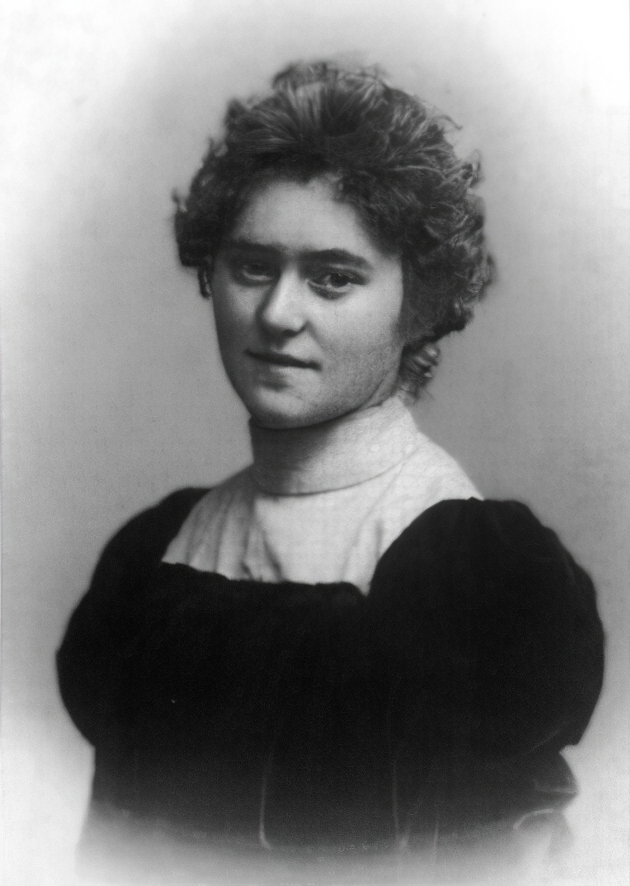
Maria Caspar-Filser was a German painter. She lived and worked mainly in Munich.
In 1913, she was the only woman among the founding members of the artists' association Münchener Neue Secession. In 1925 she became the first German woman painter to be awarded the title of professor. She taught at the Academy of Fine Arts in Munich.
Caspar-Filser primarily painted flowers, gardens and landscapes, influenced equally by Impressionism and Expressionism.
The Nazis considered Caspar-Filser's paintings "degenerate".
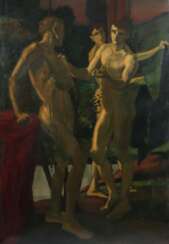

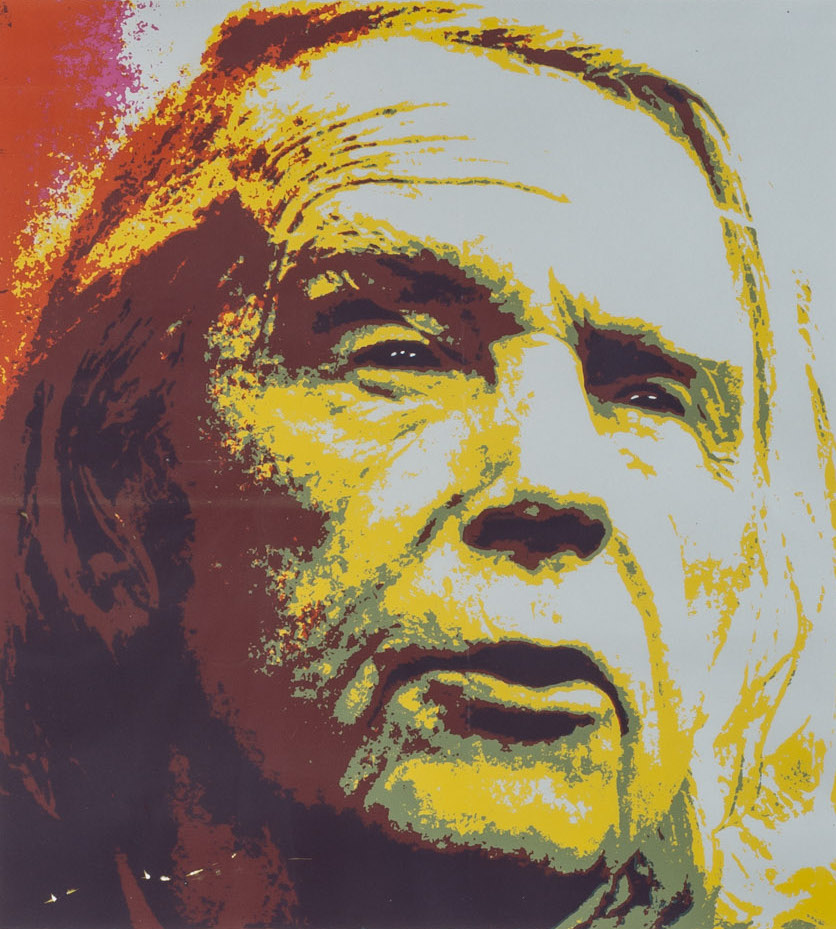
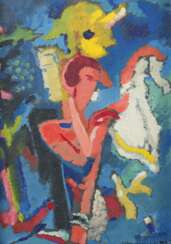

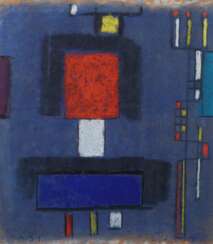





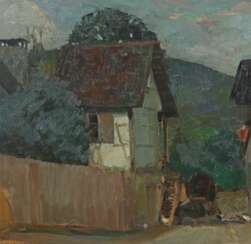

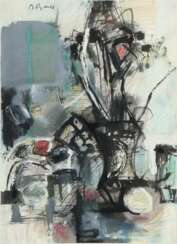

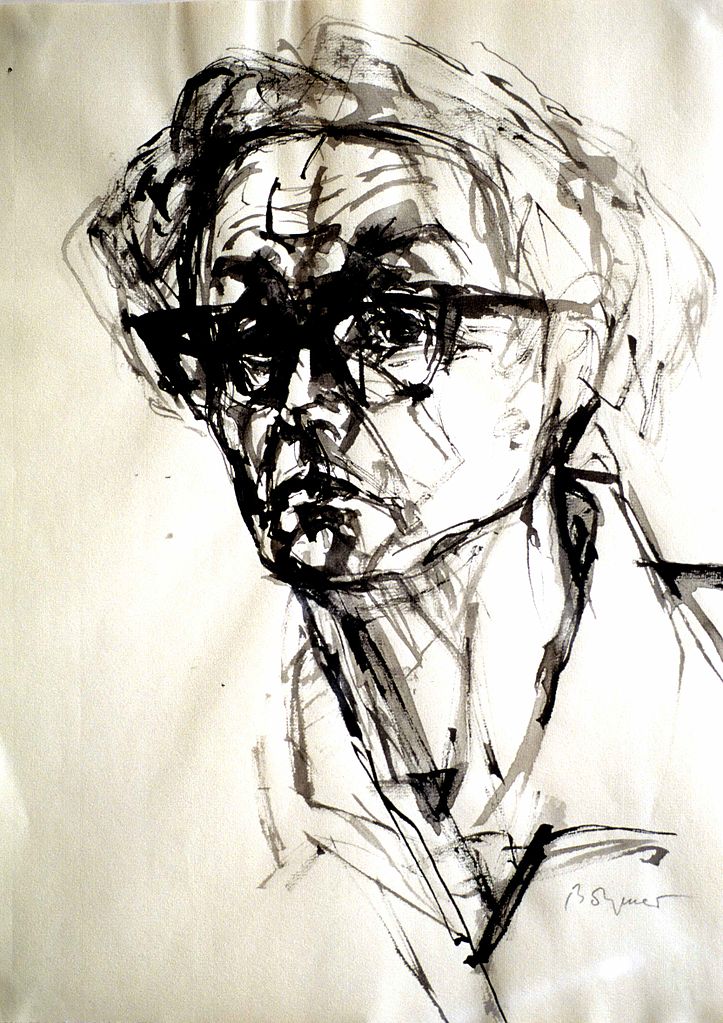
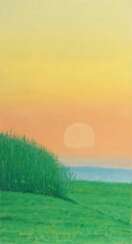

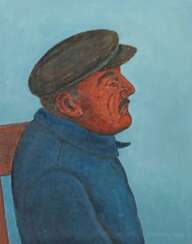

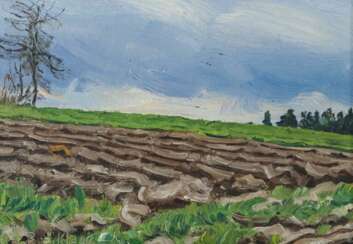

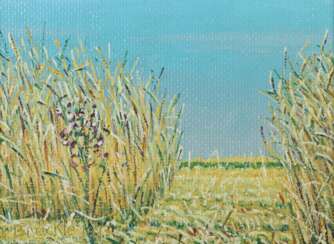

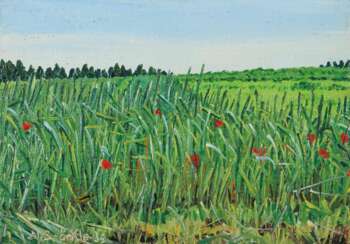

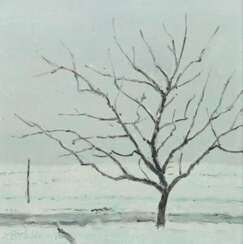

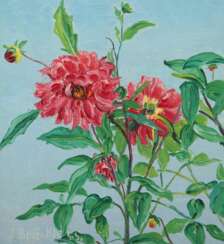



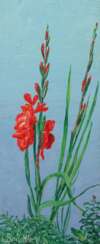

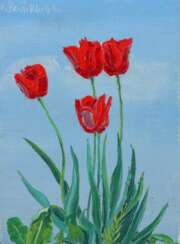

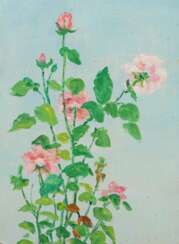



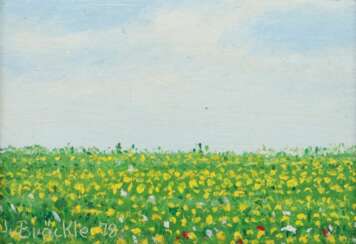

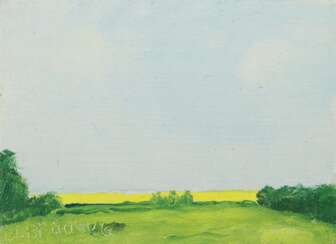

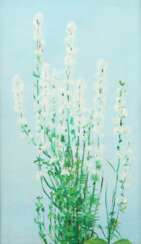

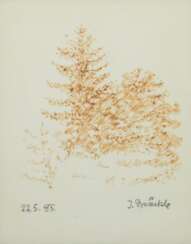

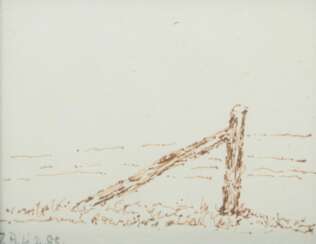

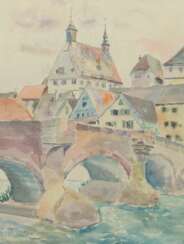



_-_BEIC_6346831.jpg)
